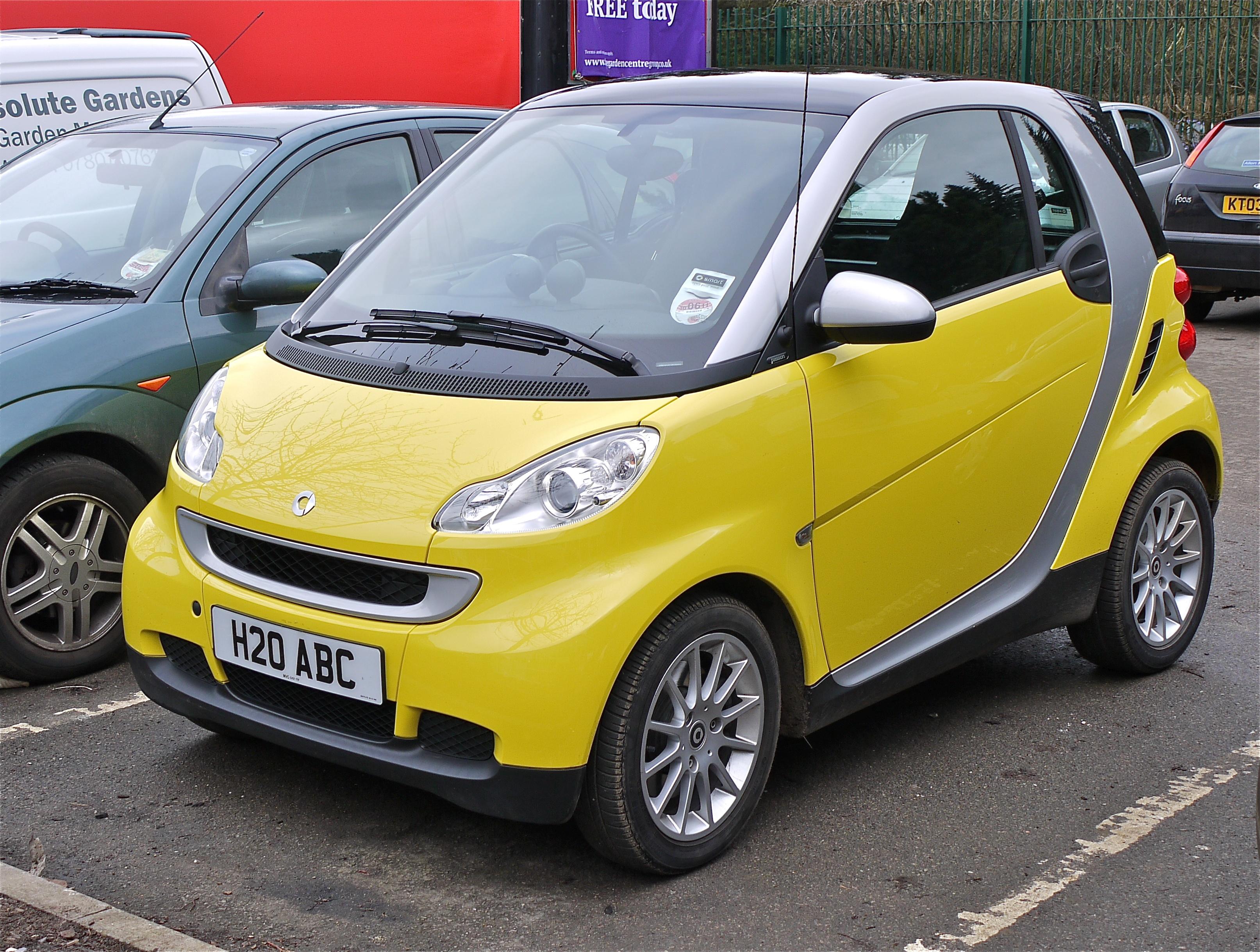Welcome to the dazzling utopia of the future, where vibrant cityscapes pulsate with the seamless integration of technology and urban development. In an era fueled by boundless innovation, the concept of “smart cities” transcends mere fantasy, standing as a testament to the power of human ingenuity. Brace yourself as we embark on a journey to explore the breathtaking landscape of smart cities that effortlessly blend efficiency, sustainability, and connectivity, painting a picture of urban life like never before. From dazzling skyscrapers to intricate transportation systems, this article will delve deep into the mesmerizing tapestry of our near-future metropolises, where technology intertwines with our urban lives, amplifying our potential and promising a visionary tomorrow like no other. Prepare to be captivated by the spellbinding world of smart cities.
The Future of Urban Development: Embracing Technology for Smarter Cities
As cities continue to grow rapidly, urban development faces the daunting task of finding innovative solutions to accommodate the increasing population, while ensuring sustainability and efficiency. Smart cities, built on the foundations of advanced technology, present an exciting avenue for urban development. Embracing the power of technology, these cities are transforming the way we live, work, and interact within our urban landscapes.
Integrating technology into urban development brings forth a plethora of possibilities. Smart cities leverage cutting-edge innovations such as the Internet of Things (IoT), artificial intelligence (AI), and data analytics to enhance efficiency, connectivity, and sustainability. From smart transportation systems that optimize traffic flow and reduce congestion to intelligent energy grids that minimize waste and reliance on fossil fuels, technology empowers urban planners and policymakers to make informed decisions, streamlining various aspects of city life.
- Improved Mobility: Through the integration of technology, smart cities can revolutionize transportation, with autonomous vehicles, interconnected mobility systems, and responsive infrastructure. Commutes become faster, safer, and more reliable, while reducing carbon emissions.
- Efficient Resource Management: Smart cities embrace technology to monitor and manage resources effectively, leading to optimized energy consumption, reduced water waste, and more sustainable waste management practices.
- Enhanced Quality of Life: By harnessing the potential of technology, urban development prioritizes citizen well-being. Smart buildings with automated systems enhance comfort and energy conservation, while connected healthcare systems and digital services promote healthier lifestyles and community engagement.
In summary, the future of urban development lies in the seamless integration of technology. Smart cities offer immense potential to tackle the challenges of urbanization while creating sustainable and livable environments. By embracing technology and its transformative capabilities, cities of tomorrow can pave the way to a brighter future for urban dwellers worldwide.

Integrating IoT Solutions: Revolutionizing Urban Infrastructure and Services
The integration of Internet of Things (IoT) solutions has sparked a revolution in urban infrastructure and services, paving the way for the development of smart cities of tomorrow. By utilizing connected devices and sensors, cities are transforming into efficient, sustainable, and technology-driven hubs that enhance the quality of life for their residents.
One of the key aspects of integrating IoT solutions in urban development is efficient resource management. With sensors monitoring energy consumption and water usage, cities can identify areas of improvement and implement smart systems that optimize resource allocation. For example, streetlights equipped with motion sensors can adjust their brightness based on the presence of pedestrians, reducing unnecessary energy expenditure.
Moreover, IoT technology enables cities to enhance public safety and security. Through the deployment of smart surveillance systems and real-time monitoring, law enforcement agencies can quickly respond to incidents and even prevent crimes. Public spaces equipped with connected cameras can detect and alert authorities in case of any suspicious activity, creating safer environments for residents and visitors.
| Benefits of IoT in Urban Development: |
|---|
| Improvement in resource management through data-driven decision making |
| Enhanced public safety and security through real-time monitoring |
| Efficient transportation systems with real-time data for traffic management |
Furthermore, integrating IoT solutions allows for the development of efficient transportation networks. Real-time data collected from connected vehicles and traffic sensors can be used to manage traffic flow and optimize transportation routes. This not only reduces congestion but also minimizes carbon emissions, leading to a greener and more sustainable urban environment.
In conclusion, the integration of IoT solutions revolutionizes urban infrastructure and services, transforming cities into smart, connected, and sustainable ecosystems. With enhanced resource management, improved public safety, and efficient transportation systems, smart cities of tomorrow will offer their residents a better quality of life and pave the way for future urban development. Embracing technology and leveraging IoT capabilities is the key to shaping the cities of the future.

Harnessing Data and Analytics: Optimizing Efficiency and Improving Quality of Life
With the rapid pace of urbanization, cities around the world are continuously seeking innovative ways to optimize efficiency and improve the quality of life for their inhabitants. One such solution lies in harnessing the power of data and analytics. By integrating technology into urban development, cities can transform into smart cities, enabling seamless connectivity, improved resource management, and enhanced citizen services.
Data and analytics play a crucial role in the efficient functioning of smart cities. By collecting and analyzing vast amounts of data, cities can gain valuable insights into various aspects of urban life – from transportation and energy usage to waste management and public safety. This data-driven approach allows city authorities to make informed decisions, leading to better resource allocation, reduced costs, and a more sustainable future.
Furthermore, the integration of technology in urban development enhances the quality of life for citizens. Smart city initiatives encompass intelligent transportation systems, which optimize traffic flow and reduce congestion, resulting in shorter commute times and reduced air pollution. Additionally, the deployment of sensors and IoT devices enables real-time monitoring of air and water quality, alerting authorities to potential hazards and allowing for quick action to be taken.

Recommendations for Successful Implementation of Smart City Initiatives
As the world rapidly urbanizes, cities are faced with unique and complex challenges. Implementing smart city initiatives is crucial for sustainable urban development and improving the quality of life for residents. To ensure successful implementation, here are some key recommendations:
- Collaboration: Foster partnerships between government bodies, private organizations, and citizens. Open dialogue and collaborative efforts will help identify shared goals and create innovative solutions.
- Data-driven decision-making: Invest in robust data collection and analytics systems. Access to real-time, reliable data empowers city officials to make informed decisions and optimize resource allocation.
- Infrastructure: Develop a resilient and scalable infrastructure to support the deployment of smart technologies. This includes high-speed internet connectivity, sensor networks, and smart grids.
- Engage citizens: Involve citizens in the planning and implementation of smart initiatives. Encourage participation through digital platforms, town hall meetings, and community events. Prioritize transparency and inclusivity to build trust.
- Sustainability: Prioritize environmentally friendly solutions. Promote the integration of renewable energy, energy-efficient buildings, smart transportation systems, and waste management technologies.
In addition, city officials should create policies and regulations that promote innovation, protect data privacy and security, and encourage the growth of local tech industries. By following these recommendations, cities can pave the way for a smart and sustainable future, where technology seamlessly integrates into urban life, improving efficiency, resilience, and overall well-being.
| Benefits of Smart City Initiatives | Challenges to Overcome |
|---|---|
| Enhanced efficiency in service delivery | Limited public awareness and understanding |
| Reduced energy consumption and carbon footprint | Lack of funding and financial resources |
| Improved public safety and security | Data privacy and security concerns |
| Increased economic opportunities | Integration of various technologies and systems |
As we gaze towards the horizon of urban development, one cannot help but be enraptured by the captivating vision of smart cities of tomorrow. With technology weaving its way into the fabric of our lives, it is only natural for our urban landscapes to evolve, embracing innovation and progress. The concept of smart cities is not merely a fleeting dream, but a tangible future that will ignite the flames of a new era.
Imagine a world where every aspect of our urban existence is seamlessly interconnected, where the bustling metropolises of today transform into efficient and sustainable havens. A symphony of information and technology orchestrated in harmony, enabling city dwellers to thrive and coexist with an environment that is thoughtfully designed around their needs. From intelligent transportation systems that navigate us effortlessly through gridlocked streets, to integrated energy networks that power our homes with green solutions, the possibilities that lie ahead are boundless.
The heart of smart cities beats with an unwavering dedication to improving the quality of life for its inhabitants. Community engagement and empowerment form the very foundations upon which these cities are built. Local input and collaboration merge with cutting-edge technology, to forge spaces that prioritize well-being, resilience, and equality. No longer distant entities, smart cities embrace inclusivity, bridging gaps between citizens, governments, and businesses, fostering a sense of belonging in an ever-changing landscape.
The integration of technology within smart cities is not merely a superficial layer, but a transformative force. Artificial intelligence, big data analytics, and the Internet of Things are the pillars upon which these cities rise, providing a backbone of efficiency, sustainability, and connectivity. Through harnessing the power of these transformative tools, cities will flourish with optimized resource consumption, reduced pollution, and enhanced public services. The future belongs to those who dare to dream big and harness the potential of cutting-edge technology for the betterment of society.
As we embark on this captivating journey towards the smart cities of tomorrow, we must remain steadfast in our pursuit of progress while treading carefully. Challenges will undoubtedly emerge, demanding innovative solutions and adaptability. Yet, with each obstacle, we inch closer towards a future where technology seamlessly intertwines with the urban landscape, enhancing our lives, and turning dreams into reality.
So let us dare to dream, to envision a world where technology not only thrives within the realms of skyscrapers and highways but is interwoven into the very essence of our lives. From the harmony of resources to the symphony of connectivity, the smart cities of tomorrow beckon us towards an era of endless possibilities. Together, let us embrace this vision, and with each new sunrise, pave the way for a smarter, more enlightened future.




